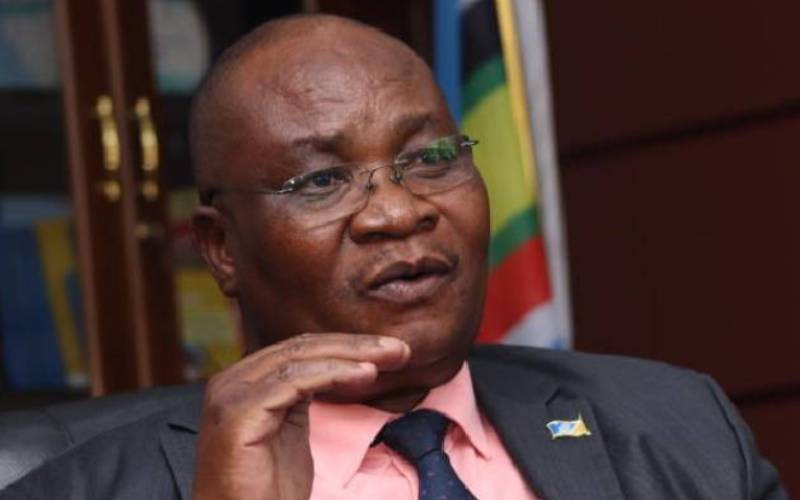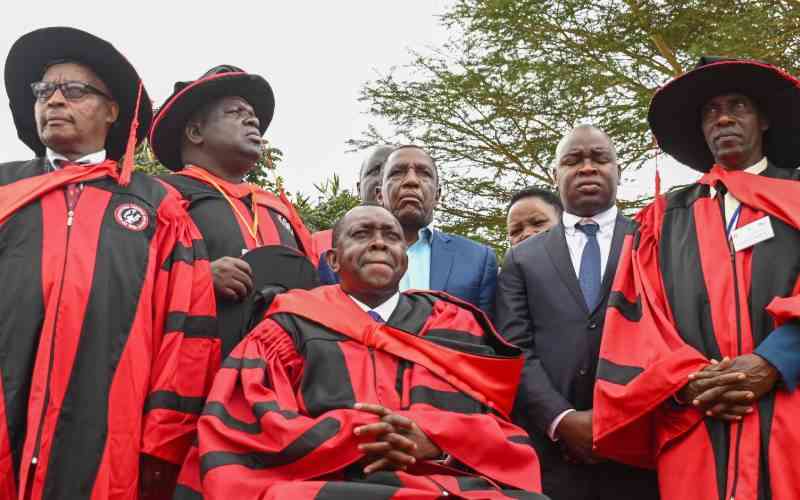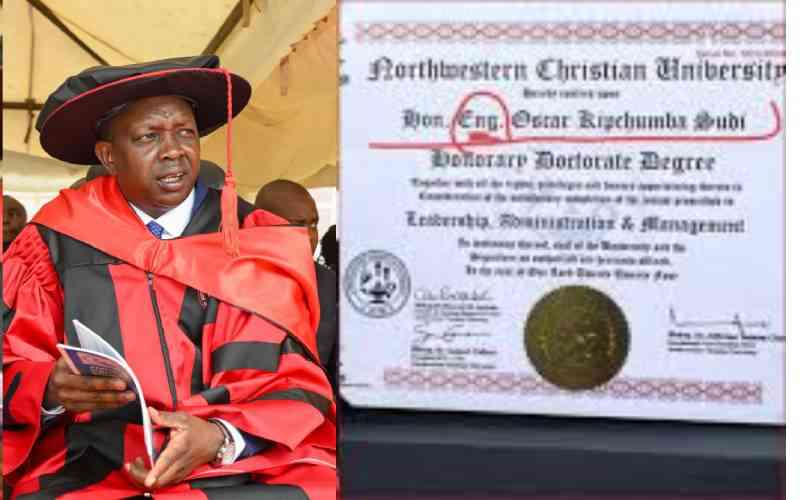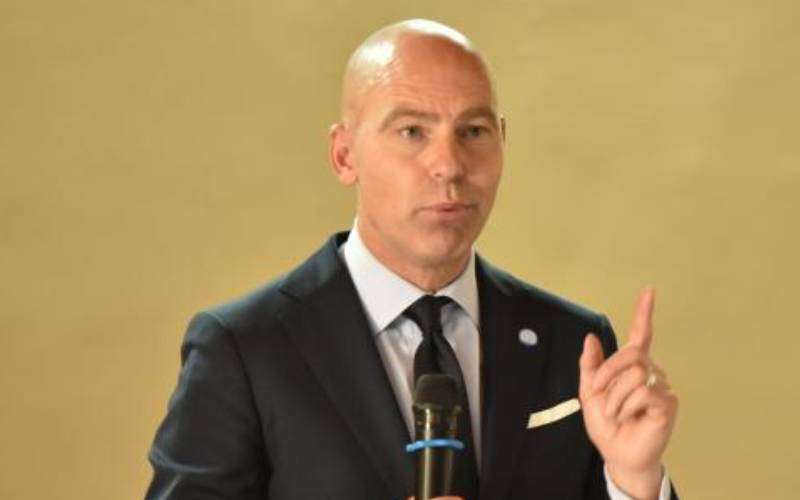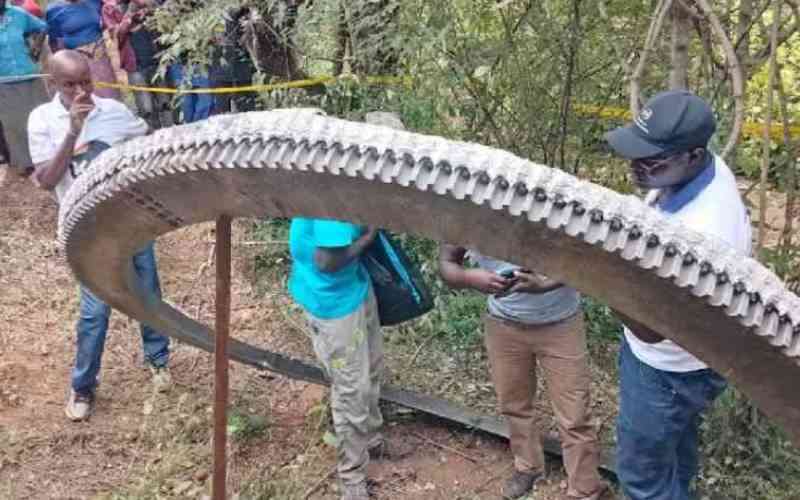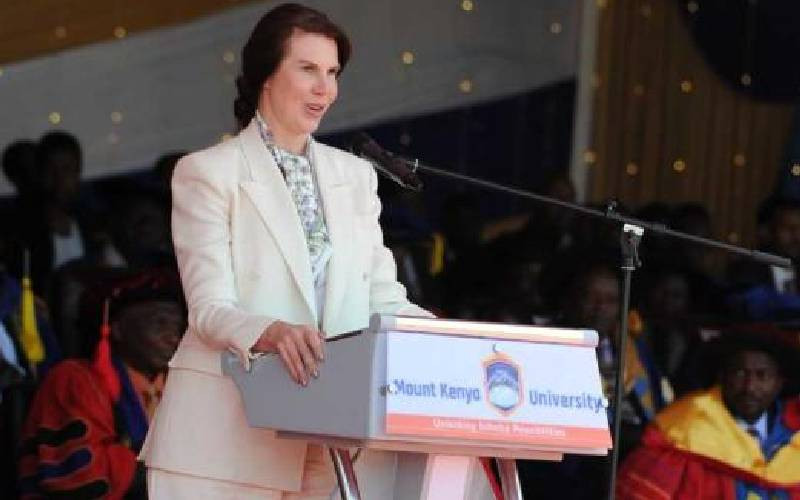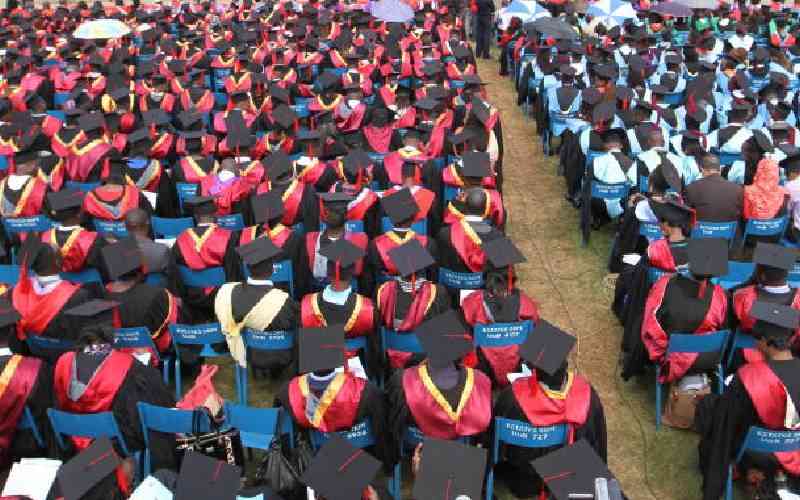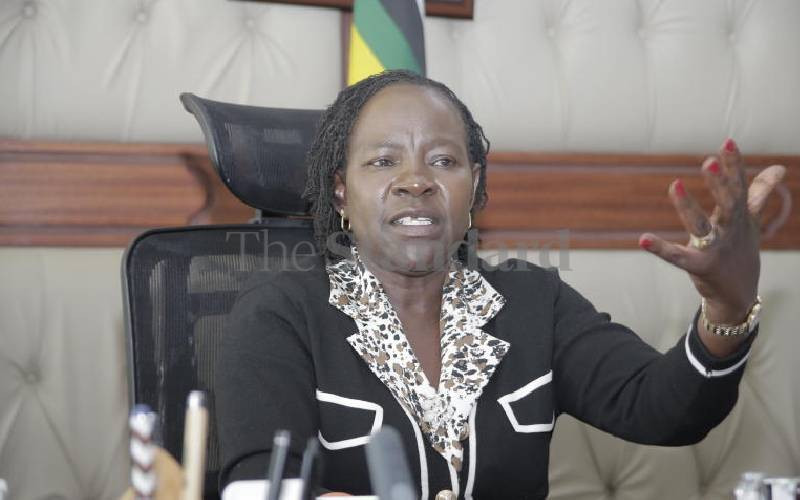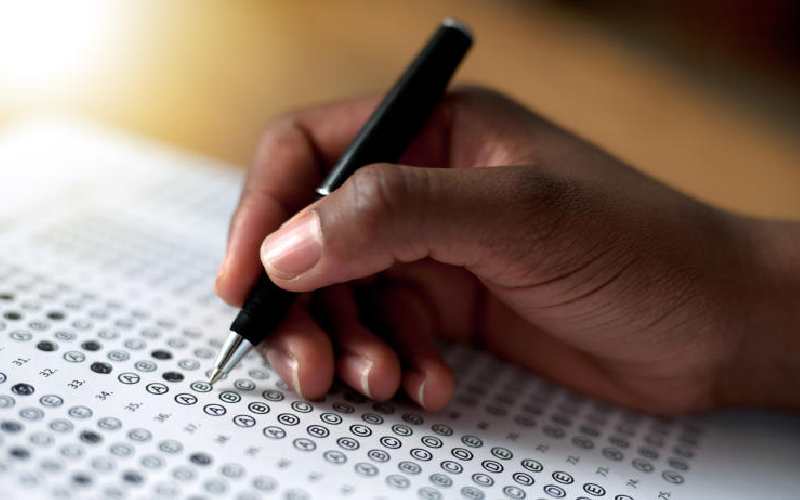
Printing examination papers abroad costs about Sh1.5 billion per year. [File, Standard]
Some 1.2 million candidates will from today sit the Kenya Certificate of Primary Education (KCPE) examinations as count down to the end of ‘cut-throat’ examinations kicks off.
Another 831,015 candidates will from next week do the Kenya Certificate of Secondary Education Education (KCSE), marking the start of a major departure to the administration of tests that stakeholders have termed as expensive.
This will be the third last group to sit the KCPE and KCSE examinations under the 8-4-4 education system as the transition to the 2-6-3-3-3 draw nearer.
The next lot will do the twin tests later this year with the last group set to wrap up the decades-old national examinations in December next year.
The end will usher in a new examinations regime known as Competency Based Assessments (CBA), which will largely be administered by teachers in the classroom to inform learning progress and also assess readiness for transition to primary, secondary, and higher education.
The tests already being rolled out under the Competency-Based Curriculum (CBC) entail a balance between formative and summative assessments.
The teacher-administered assessments will be done in Grades 4, 5, and 6 with a cumulative score of 60 per cent.
The end of primary education national assessment will be administered by Kenya National Examinations Council (Knec) at the end of Grade 6, with a total weight of only 40 per cent.
This means that as opposed to the present examinations regime where candidates strive to score 100 per cent during the national tests, under CBC the learners will only attempt to attain 40 per cent.
Similar school-based assessments will be done at the high school level now known as Junior and Senior levels of secondary education.
However, national examinations in secondary schools will be administered by Knec at Grade 9 and 12.
What is worth noting, however, is that by end of next year, Kenyans will bid farewell to the nearly four decades old national examinations.
With the number of candidates sitting KCPE and KCSE increasing yearly courtesy of the 100 per cent transition policy, the cost of printing, transporting, and managing the tests has also continued to rise.
The struggle by candidates to score higher marks in the twin 8-4-4 national examinations to secure plum slots in high schools and universities created shortcuts as teachers, parents, and candidates broke security seals of the tests to get prior access.
This behaviour set in motion efforts by the government to secure the credibility of the examinations through the printing of the examinations abroad, a practice that education stakeholders termed as expensive.
Massive involvement of security officers, intensive monitoring, and provision of daily allowances to administrators became necessary to forestall plans to cheat in the tests.
The Standard has established that printing the two examination papers abroad costs about Sh1.5 billion per year, nearly half of Knec’s budget.
This means that this year alone, some Sh3 billion would be spent on printing the papers alone, as two sets of examinations will be done, thanks to the Covid-19 pandemic that disrupted the school calendar.
Inside sources reveal that all KCPE examination papers are printed abroad because the multiple choices nature of the questions are easy to leak. And for KCSE papers, previously, only seven papers were printed out of the country. These were various question papers on mathematics, Kiswahili, Geography, and English subjects.
The rest of the papers–chemistry, physics, biology, optional papers, and all the answer sheets were printed locally.
Education Cabinet Secretary George Magoha recently said the printing of examinations papers abroad will continue until CBC is properly implemented.
“Once CBC takes root it will be done because the premiums of the examinations will have disappeared,” said Magoha. Education stakeholders say that the anticipated shift to school-based assessments may lower the cost of tests administration, as the emphasis on the exams scores will be watered down.
 The Standard Group Plc is a multi-media organization with investments in media platforms spanning newspaper print
operations, television, radio broadcasting, digital and online services. The Standard Group is recognized as a
leading multi-media house in Kenya with a key influence in matters of national and international interest.
The Standard Group Plc is a multi-media organization with investments in media platforms spanning newspaper print
operations, television, radio broadcasting, digital and online services. The Standard Group is recognized as a
leading multi-media house in Kenya with a key influence in matters of national and international interest.

